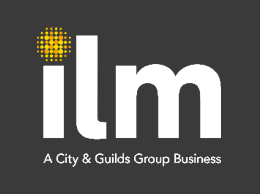Communication within a workplace environment is one of the vital factors to a successful organisation. We all know that it is the process of exchanging information and ideas, both verbal and non-verbal within an organisation. But, effective communication ensures that all organisational objectives are achieved, and it is so important because it increases productivity and efficiency. Ineffective workplace communication leads to communication gaps between employees which causes confusion, wastes time and reduces productivity.
Words are only a very small portion of how we communicate.
Face to face communication is always the best type of communication and should be used wherever possible. Speaking directly with someone in the workplace can eliminate any misunderstandings that often occur. You can also gauge how a team member is reacting / feeling from their body language and facial expressions. By having one quick conversation rather than lots of email interactions can make the outcome more efficient in the end.
Body language and facial expressions play an important role in how effective or ineffective you are at communication with team members. Eye contact makes people feel acknowledged as they speak and listen. It helps to stand in front of a mirror before a meeting if you rehearse what you are going to say, so that you can see if your body language matches your words.
Phone conversations are part of everyday work life. Some people enjoy speaking to their team members by phone, but others dislike it. Always speak clearly and slowly so that your words are understood.
Written communication such as emails and notes are the types of communication that can lead to the most misunderstandings. People often read between the lines or feel that there are implied messages or emotions in written forms of communication.
Communication between you and your team will always be a work in progress, but always remember to communicate , communicate, communicate!!






